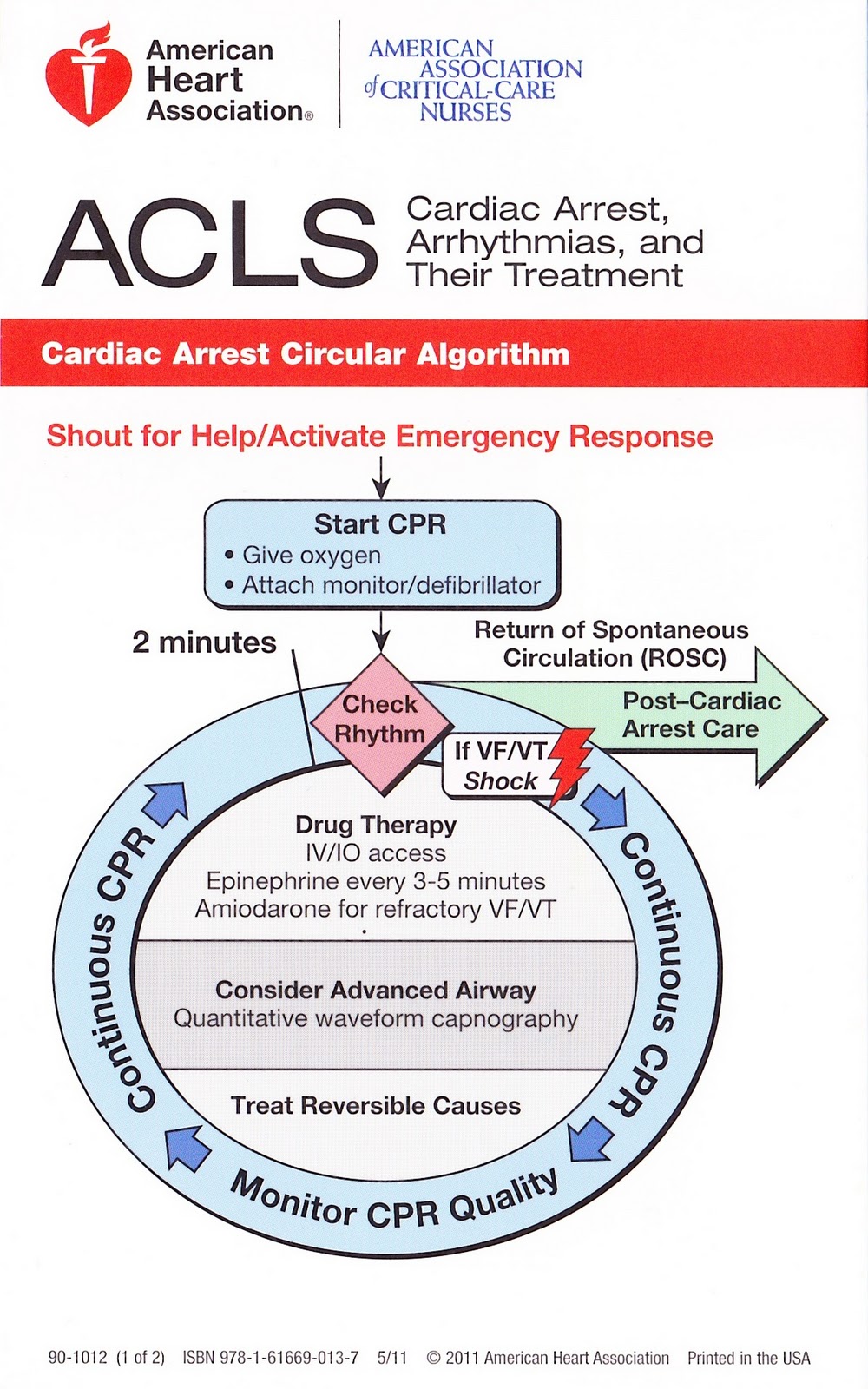Today, let’s dive into the fascinating world of ACLS algorithms! ACLS, which stands for Advanced Cardiac Life Support, is a set of medical protocols and algorithms designed to provide life-saving interventions during cardiac emergencies. These algorithms are crucial for healthcare professionals and first responders, as they provide a structured approach to managing cardiac arrest, bradycardia, tachycardia, and other life-threatening conditions.
ACLS Algorithm Images
First, let’s take a look at some visual representations of ACLS algorithms.
 The image above provides an overview of the 2020 Bradycardia algorithm. It serves as a helpful reference for healthcare providers when managing patients with a slow heart rate.
The image above provides an overview of the 2020 Bradycardia algorithm. It serves as a helpful reference for healthcare providers when managing patients with a slow heart rate.
 Another useful resource for learning more about ACLS algorithms and protocols can be found at 2.bp.blogspot.com. This website offers valuable information and insights into ACLS.
Another useful resource for learning more about ACLS algorithms and protocols can be found at 2.bp.blogspot.com. This website offers valuable information and insights into ACLS.
 If you prefer a printable version of ACLS algorithms, the image above showcases a PDF format of the Nrp 7th Edition Algorithm. This resource can be especially handy in emergency situations where access to digital references might be limited.
If you prefer a printable version of ACLS algorithms, the image above showcases a PDF format of the Nrp 7th Edition Algorithm. This resource can be especially handy in emergency situations where access to digital references might be limited.
 The ACLS algorithm for managing cardiac arrest in adults, as outlined by the American Heart Association (AHA) in 2020, is depicted in the image above. It provides a step-by-step guide for healthcare providers to follow during life-threatening situations.
The ACLS algorithm for managing cardiac arrest in adults, as outlined by the American Heart Association (AHA) in 2020, is depicted in the image above. It provides a step-by-step guide for healthcare providers to follow during life-threatening situations.
 For a concise and printable version of the Cardiac Arrest Algorithm by the AHA in 2020, the image above offers a top-view perspective. It is a valuable visual aid that can assist healthcare providers in implementing appropriate interventions.
For a concise and printable version of the Cardiac Arrest Algorithm by the AHA in 2020, the image above offers a top-view perspective. It is a valuable visual aid that can assist healthcare providers in implementing appropriate interventions.
 Das obige Bild zeigt den ACLS-Algorithmus in Deutsch. Es handelt sich um eine digitale Referenzkarte, die im Jahr 2015 veröffentlicht wurde. Diese Ressource ist von unschätzbarem Wert für medizinisches Fachpersonal, das Deutsch spricht.
Das obige Bild zeigt den ACLS-Algorithmus in Deutsch. Es handelt sich um eine digitale Referenzkarte, die im Jahr 2015 veröffentlicht wurde. Diese Ressource ist von unschätzbarem Wert für medizinisches Fachpersonal, das Deutsch spricht.
 The image above presents the ACLS algorithms for 2020, covering both Advanced Cardiac Life Support (ACLS) and Basic Life Support (BLS). These algorithms are fundamental resources for healthcare professionals managing cardiac emergencies.
The image above presents the ACLS algorithms for 2020, covering both Advanced Cardiac Life Support (ACLS) and Basic Life Support (BLS). These algorithms are fundamental resources for healthcare professionals managing cardiac emergencies.
 Finally, a useful reference for pharmacological interventions during ACLS is illustrated in the image above. This “cheat sheet” summarizes important medications and their doses for clinicians providing critical care and resuscitation.
Finally, a useful reference for pharmacological interventions during ACLS is illustrated in the image above. This “cheat sheet” summarizes important medications and their doses for clinicians providing critical care and resuscitation.
ACLS Algorithm: Lifesaving Guidance
ACLS algorithms are crucial tools for healthcare providers, empowering them to provide accurate and timely interventions during high-stakes situations. These algorithms are continuously updated based on the latest scientific research and expertise in the field. Therefore, it is essential for healthcare professionals to stay updated with the most recent guidelines and algorithms.
By following ACLS algorithms, healthcare providers can effectively manage cardiac emergencies such as bradycardia, tachycardia, and cardiac arrest. The algorithms provide a systematic approach, guiding healthcare professionals through key steps, including assessment, recognition, and appropriate interventions.
In addition to the ACLS algorithms, it is worth mentioning other essential aspects of ACLS, such as team dynamics, effective communication, and proper use of resuscitation equipment. These factors greatly contribute to the successful implementation of ACLS protocols and algorithms.
Overall, ACLS algorithms are life-saving tools that empower healthcare providers to deliver prompt and effective care during cardiac emergencies. Understanding and following these algorithms can make the critical difference between life and death. Therefore, it is essential for healthcare professionals to be well-trained and proficient in ACLS, ensuring optimal patient outcomes in emergency situations.
Remember, the information provided here is for educational purposes only and should not replace professional medical advice or training. Consult with certified healthcare providers and refer to official guidelines and protocols when managing cardiac emergencies.